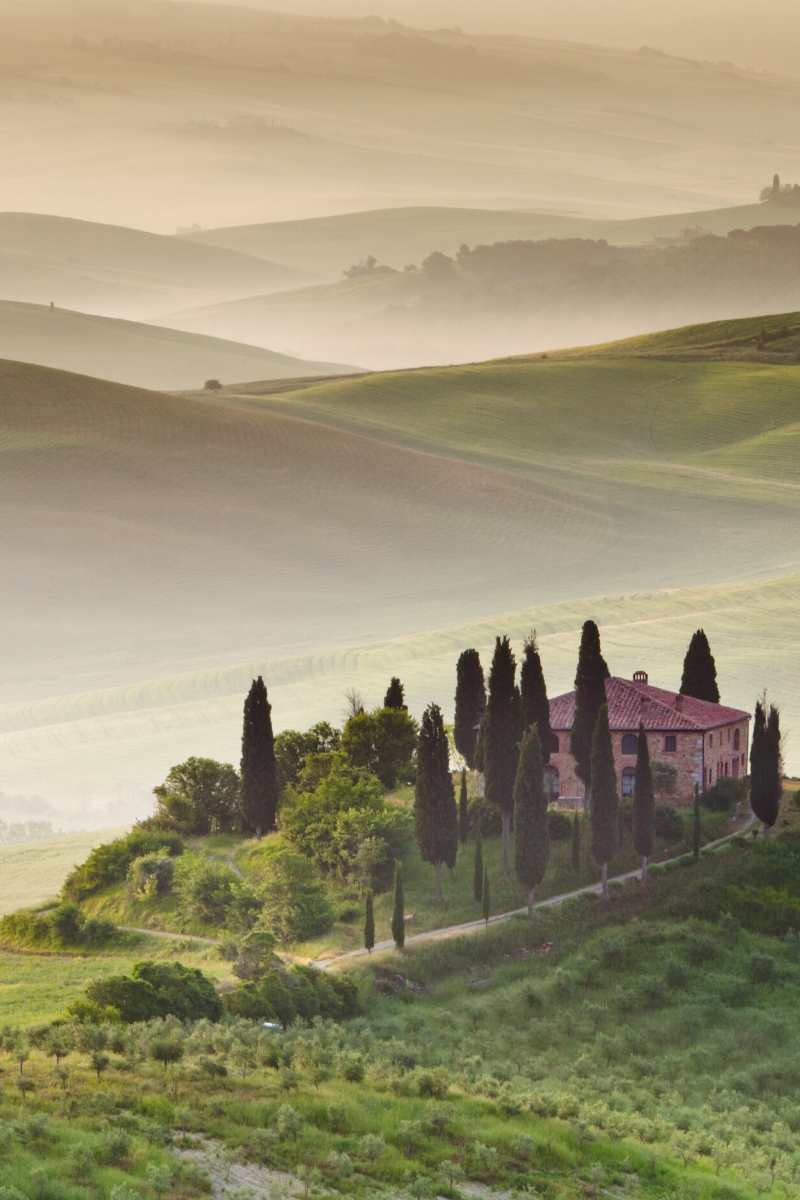
Rolling hills of Tuscany
Are you planning a trip to Italy? Are you a lover of food? Then I must tell you that Italy is the right place to be. Below is not only a guide to the best regions in Italy for food but the best cities in Italy for food that you will have to experience in their most original form.
Italy is probably one of the few countries in the world-renowned for their natural cooking talent. This is why the most expensive chef in the world are Italian or Italian trained.
Major cities in Italy boast of hosting different culinary schools where people from all over the world travel to Italy to learn how to build and enhance their culinary skills and art. In Italy, cooking is an art and the Italians perform it better than anyone. The following are some of the major Italian cities and the food peculiar to them.
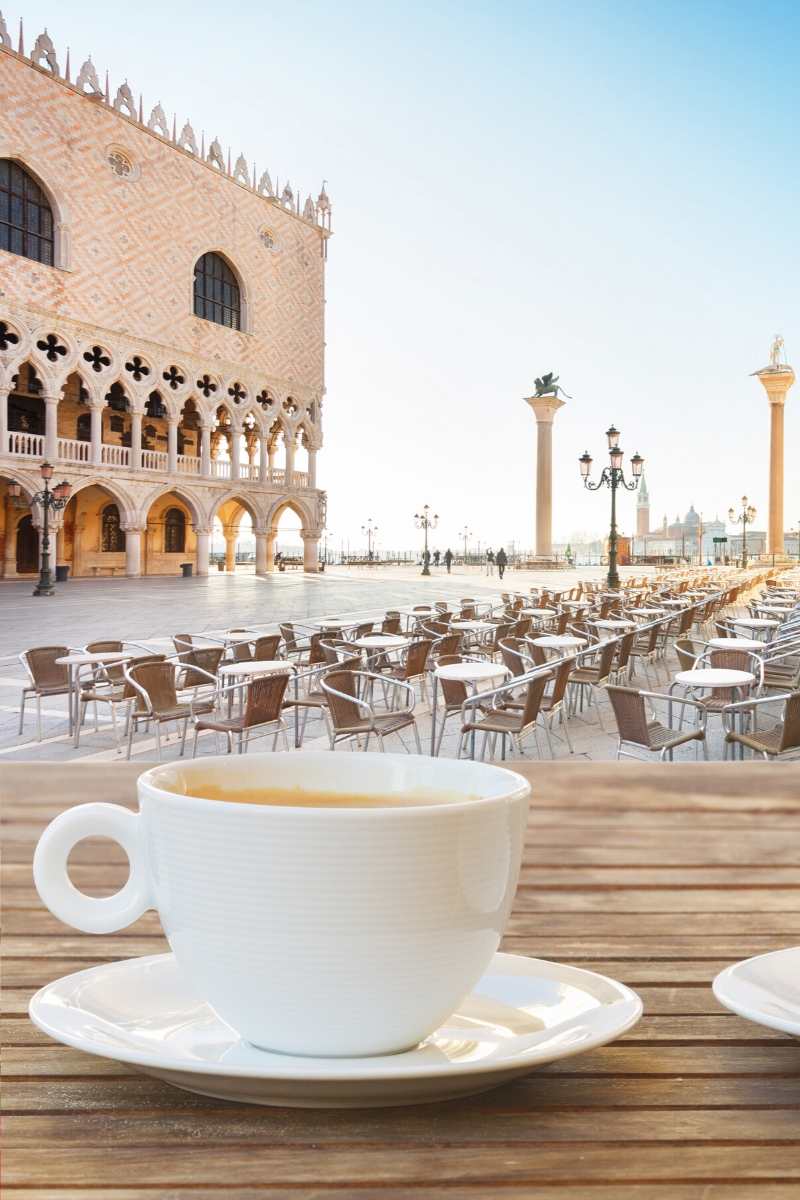
Italian coffee outside San Marco Square
CONTENTS
- 1 Best Region In Italy For Food
- 2 The Famous Foods Of Italy and The Best Cities To Eat Them
- 2.1 1. ITALIAN PIZZA
- 2.2 2. BOTTARGA
- 2.3 3. LASAGNA
- 2.4 4. TRUFFLES
- 2.5 5. FLORENTINA STEAK
- 2.6 6. RIBOLLITA
- 2.7 7. POLENTA
- 2.8 8. OSSOBUCO
- 2.9 9. RISOTTO
- 2.10 10. CARBONARA
- 2.11 11. GELATO
- 2.12 12. PAPPA AL POMODORO
- 2.13 13. FOCACCIA AND OTHER ITALIAN BREAD
- 2.14 14. ARANCINI AND SUPPLÌ
- 2.15 15. COFFEE
- 2.16 16. TIRAMISU
- 2.17 17. DIGESTIVO
- 3 FOOD TOURS/ADVENTURE IN ITALY
Best Region In Italy For Food
Many of these regions also offer up some of the most amazing restaurants in Italy. Many of these regions also have plenty of food souvenirs you can safely bring back home with your from your trip to Italy.
Tuscany
This is among the best region in Italy for food. When you close your eyes and imagine Tuscany, you’re likely to envision rolling, sun-kissed hills dotted with olive trees, grape vines and the occasional farmhouse or villa.
It’s a place where time slows and you can savor the rustic, earthy foods and wines that prevail here. While all that is true, this large and varied province ranges from mountains to farmland to seaside, and also encompasses the bustling cities of Florence, Siena and Pisa.
As with all regions in Italy, uniquely bold food traditions pervade the area, such as a liberal use of beans, hearty soups, crusty loaves, fennel-scented salami and sheep’s-milk cheeses. Chianina cattle and wild boar — or cinghiale — are among the prized Tuscan meats, and locals enjoy stuffed pastas like ravioli. Wash it all down with a bold local red like a Brunello di Montalcino, a Chianti or a Super Tuscan. After all, Tuscany produces some of the best-loved wines in all of Italy.
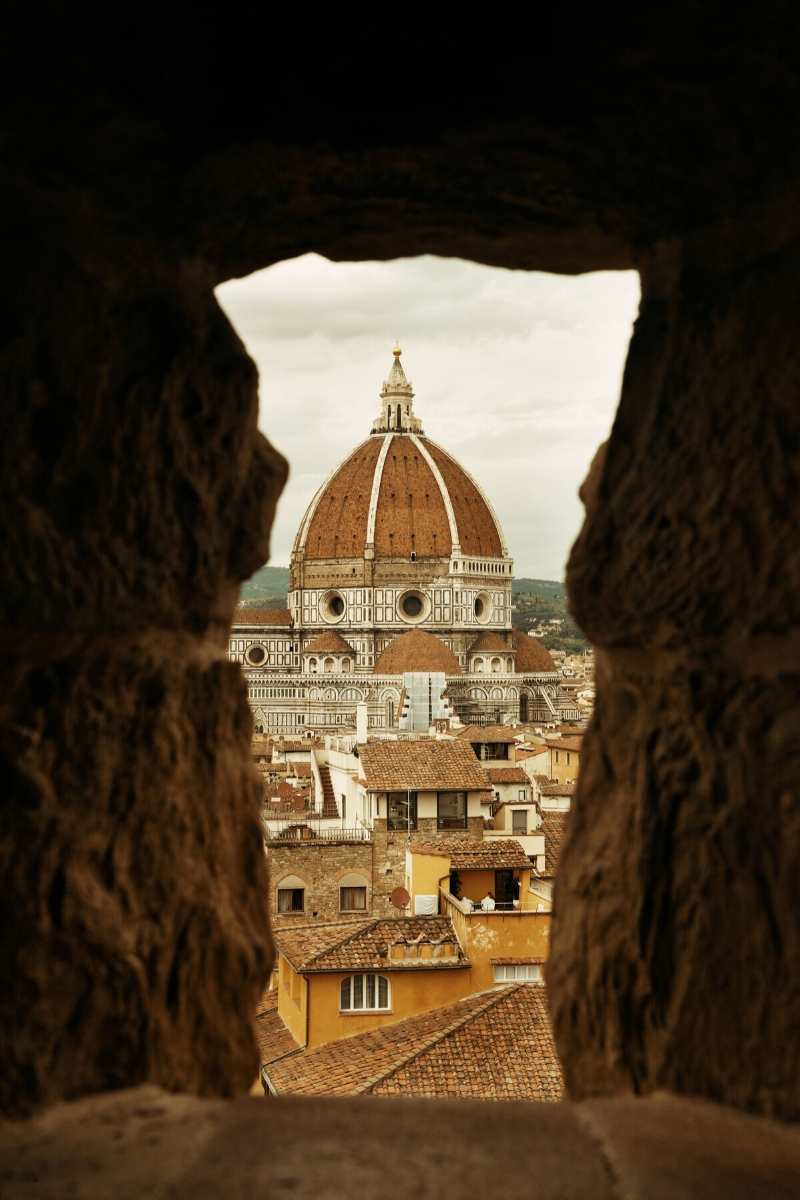
-
Veneto
As a wildly popular tourist destination filled with art, romance, quiet canals and stunning beauty everywhere you turn, Venice is the indisputable shining star of the Veneto region. Naturally, Venice gets much of its seafood from the Gulf of Venice and the Adriatic Sea beyond it;
But venture inland and you’ll find mountains and plains where country folk subsist on traditional preparations of risotto and polenta, commonly cooking with such ingredients as radicchio (a leaf chicory) and chicken and calf livers.
Among the best city in Italy for food, is the medieval city of Verona, also in this region, pulls a fair amount of fish from lakes and rivers. And while most Italian desserts are simple and on the less-sweet side, the beloved tiramisu supposedly has its roots in the Veneto region. We also have Veneto to thank for Prosecco, Soave, Valpolicella and Amarone wines.
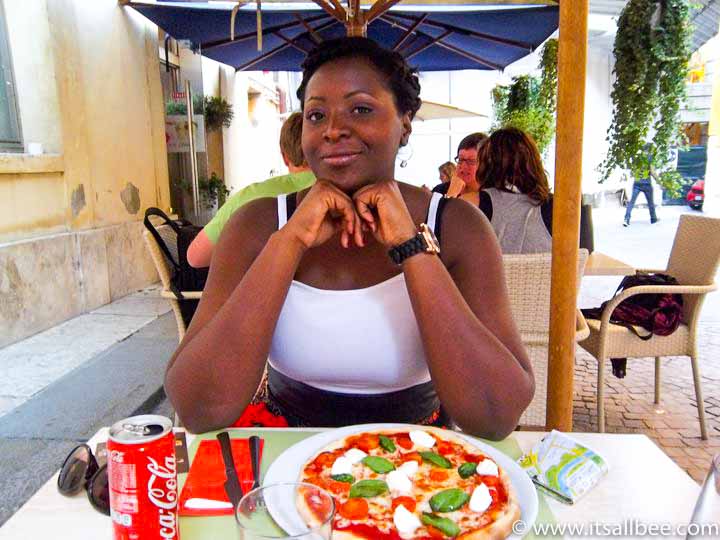
Enjoying pizza in Verona
Piedmont
The appeal of most Italian cuisine is its effortlessness and simplicity. Not so in Piedmont, the northern region surrounded on 3 sides by the Alps and bordering both France and Switzerland. Here, there is often a deliberate attempt to make the richest, most decadent foods in Italy using such ingredients as local white truffles, gorgonzola, butter and world-renowned chocolates, as well as liberal use of gnocchi and polenta.
With so many amazing places to visit in Piedmont, let’s not forget this is also the home of fonduta — a cheese dip similar to fondue but enhanced with truffles and egg yolks — and bagna cauda, an olive oil-based dip deepened with anchovies and more truffles. The region’s wines include the unparalleled Barolo and Barbaresco, their vines benefiting from time spent on cool mountain slopes.
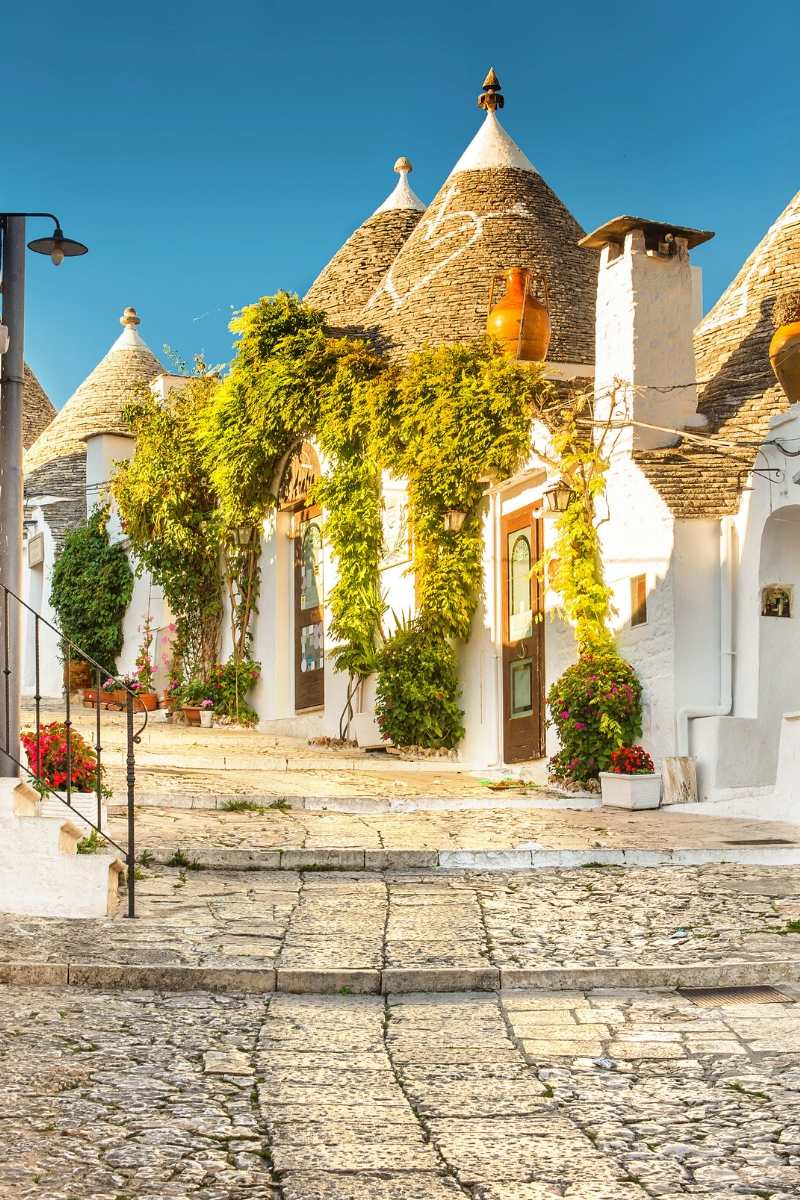
Trulli Houses in Puglia
-
Puglia
Commonly called the heel of Italy’s boot-like shape, Puglia is home to a cuisine that can easily be characterized by its artful marriage between such aggressive flavors as lamb, goat, bitter greens, spicy peppers and urchin with delicate ingredients like fava beans, milky pillows of fresh burrata cheese and generous anointments of olive oil.
The ancient coastal cities of Bari and Brindisi draw tourists to the east side of the Italian peninsula. Inland, the warm, arid plains are ideal for growing wheat and vegetables, which find their way into the produce-heavy, pasta-and-bread-focused cuisine of the region. Ear-shaped orecchiette is a particularly beloved pasta here. On the peninsula’s western coast, the city of Taranto — on the cusp of both Mare Piccolo and Mare Grande — is shellfish heaven, especially for mussels. Wines here aren’t as well-known as those Tuscan superstars, yet Puglia is an abundant wine producer, making everything from the robust Brindisi to the subtle Locorotondo.
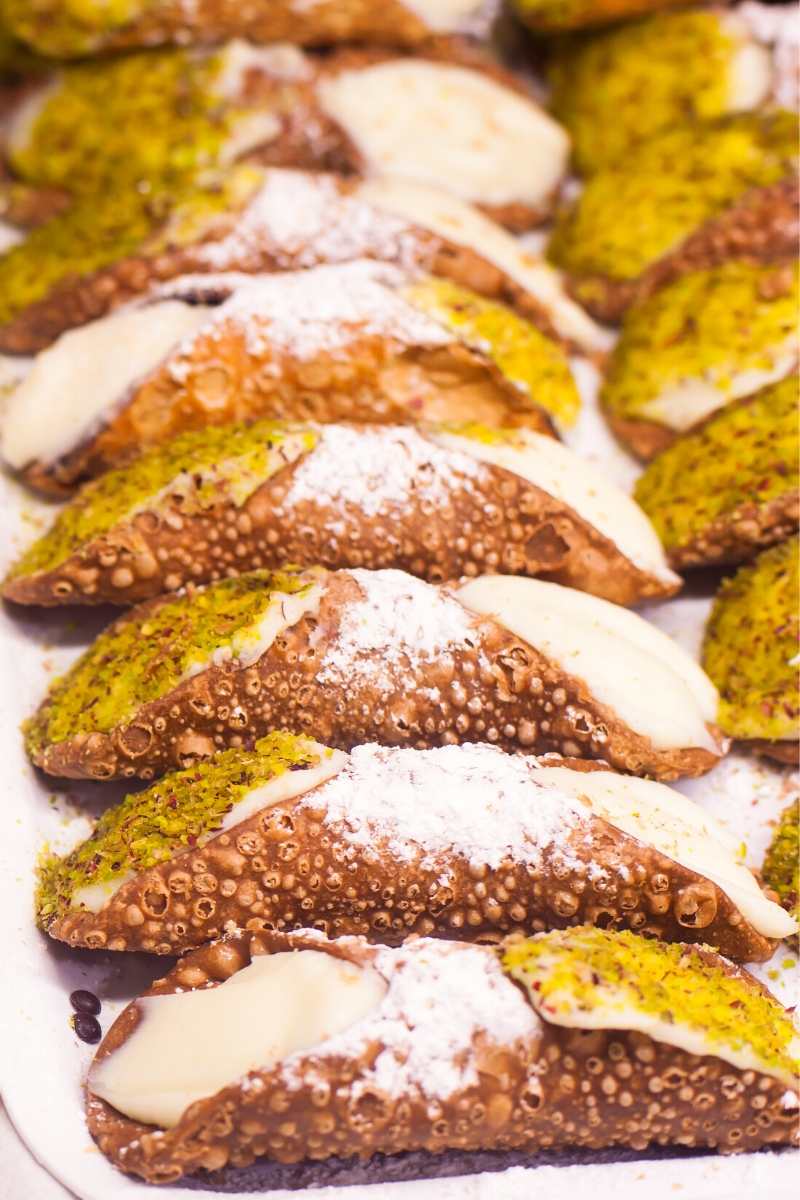
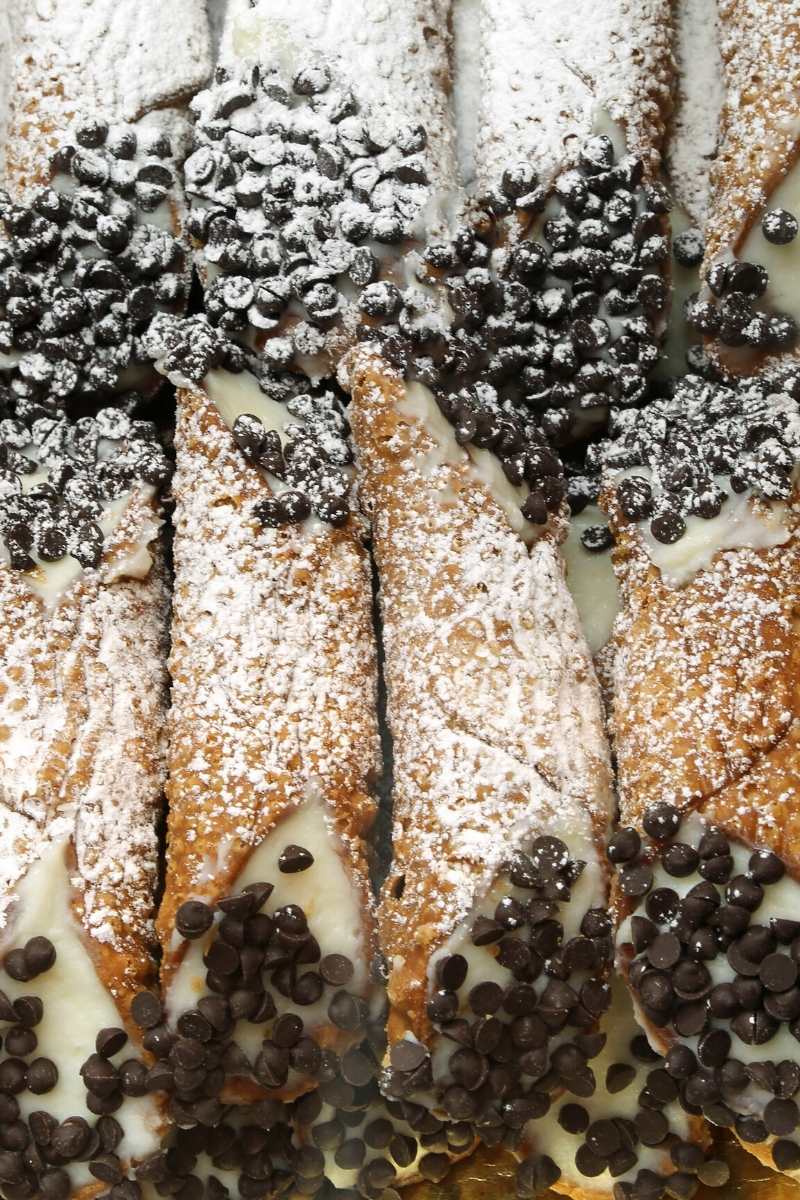
Cannoli From Sicily
-
Sicily
This another one island with among the very best Italian cities with the best food. Much of Italy has been occupied by foreign conquerors at one point or another, each time absorbing a few of the culinary traditions brought by those invaders. In Sicily, the indigenous dishes that pull heavily from the surrounding seas and such sun-loving vegetables as eggplant and peppers are complemented by Arab, Greek and Spanish influences. You will even find couscous used commonly in northwestern Sicily thanks to African influences, and the use of raisins, saffron and cinnamon reportedly came from the Arabs.
Dessert is typically a much bigger deal in Sicily than in many other regions of Italy — perhaps because citrus fruits and nuts grow so abundantly here. This island is also the birthplace of cannoli, meltingly light pignoli cookies and granita, a semi-frozen dessert made from water and various flavors like lemons and almonds. They pair well with a glass of Marsala wine, which also hails from Sicily
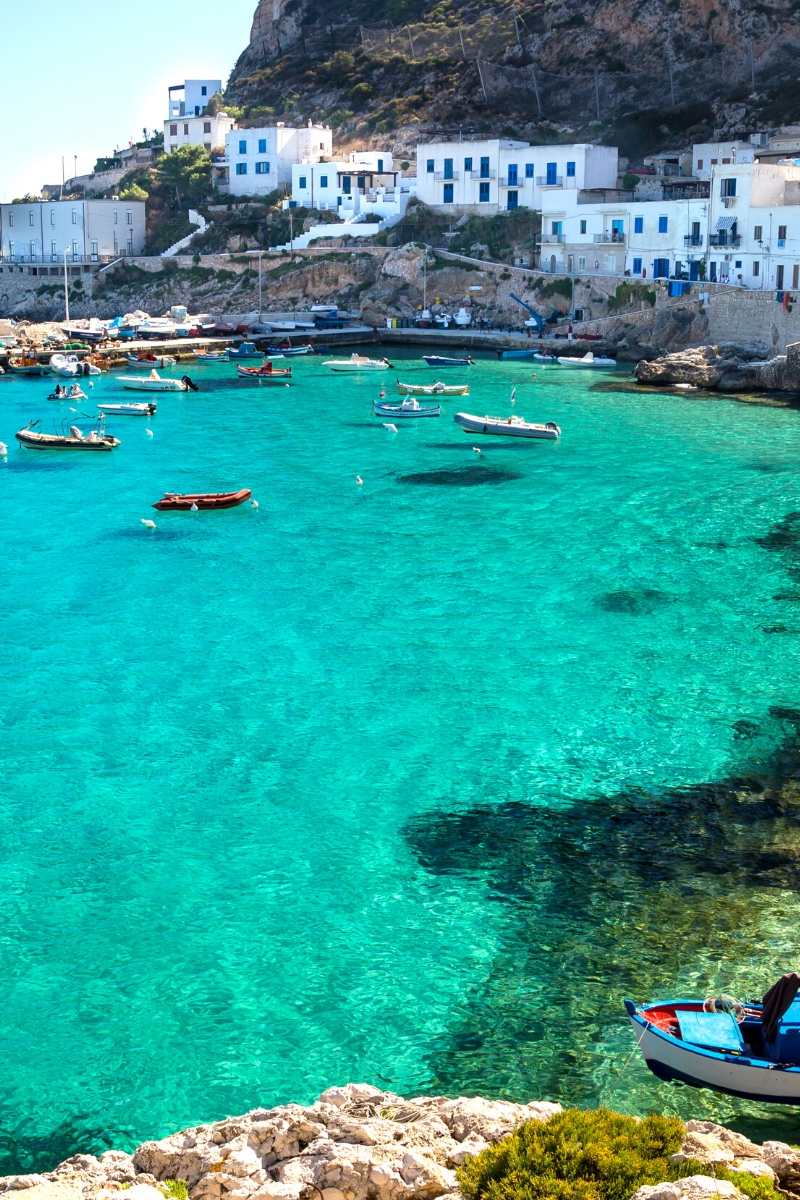
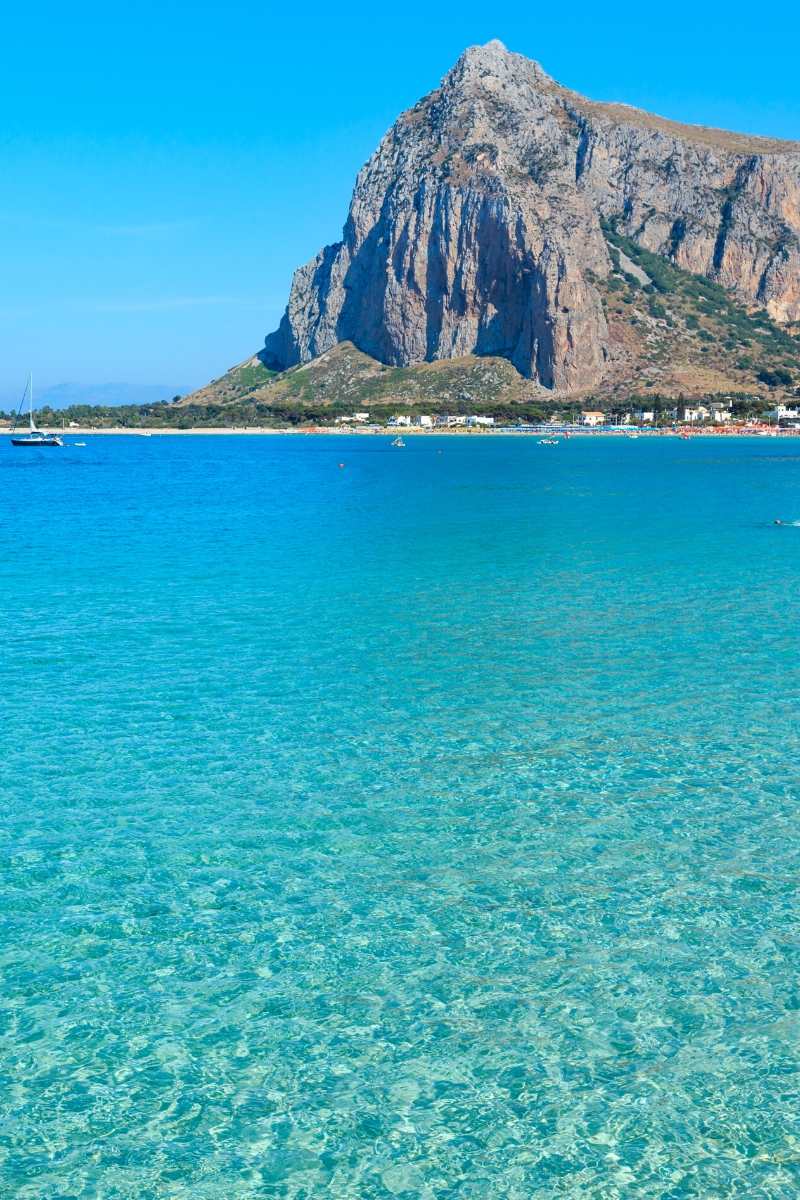
Beautiful Sicily
The Famous Foods Of Italy and The Best Cities To Eat Them
There is no doubt that Italy is one of the few countries in the world blessed with varieties of dishes, so much so that food is one of the main export of the country. The presence of countless culinary training schools all over italy leaves no one in doubt as to the wolrd wide respect and acknowledgment of the Italian delicacies and meals.
The following are some of the most notably foods in Italy, widely consumed by the Italians and their visitors in a different region of the country daily. You don’t have to be angry if your favourite food is missing on my list, I tried to cover more food but time won’t allow me. So whether its a two-day trip to Venice or one day in Florence or cris-crossing through beautiful towns in Lake Como or even a packed 10 day-trip around Italy, you are definitely going to enjoy sampling delicious food in Italy.
1. ITALIAN PIZZA
Have you heard about the traditional pizza Margherita of Naples, complete with the thick crust, definitely not like the ones you have eaten before.
One thing that comes to mind of a typical foodie planning to visit Italy, it the aroma and taste of Italian pizza. There is definitely no dish that is as a common denomination or representation of Italy as the humble pizza made in an Italian Oven. It is quite Easy to make, cheap to buy, and filling to the stomach. pizza has been a popular snack or meal in the country, but more especially in Naples where the addition of tomato sauce was first used. Legend as it that the “Pizza Margherita” name first used when the Italian queen Margherita visit the bubbling city of Naples and asked to try the local dish everyone in the city was eating. There she was served by a local entrepreneur a combination of tomato sauce, mozzarella and basil.
In today’s Italy, there are two types of pizza to try out for visitors, either you go for the Neopolitan style pizza or the roman style pizza. The Neopolitan pizza is known to be more filling, because the dough has not been rolled or stretched out, it is therefore small in size. While the Roman sytle pizza has a tiny crust, much larger in size buy typically light in weight.
If you are confused about your choice of pizza, just follow the simple Italian rule that says; “when in Rome, do like a Roman i.e eat the Roman style pizza and when you are in Naples, enjoy the Neopolitan pizza.”
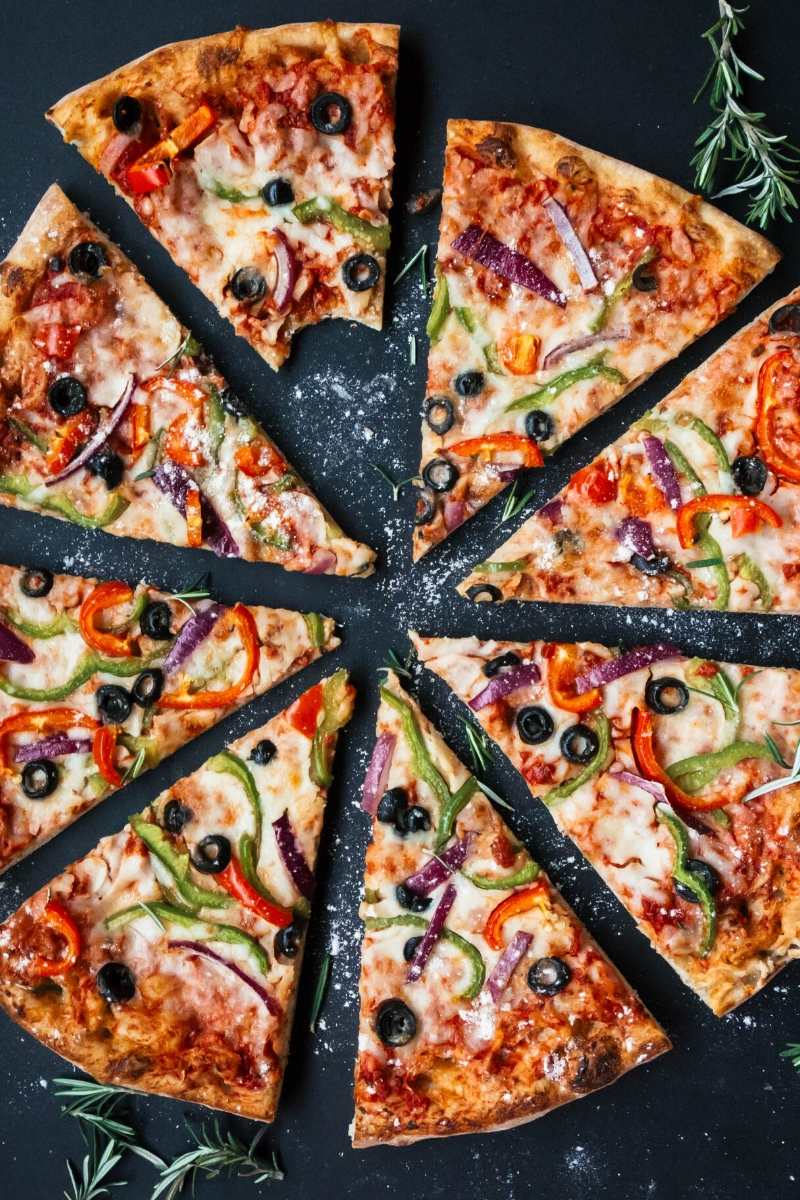
Delicious Italian pizza
2. BOTTARGA
This is a famous Sicilian meal, it is also called the “Sicilian caviar”. In August and September, Sicilian i.e the southern Italians harvest the roe from the grey mullets, add salt to it, press it and leave it to dry in the hot sun for almost six (6) month. The result is a solid hunk of eggs, the color of amber and blood oranges, so that, when sliced and eaten or grated over pasta, it brings forth an awesome savory, smoky, and briny bouquet.
Its is known to be the way peasants preserve seafood in the days prior to the invention of the refrigerator, the food has been generally accepted and considered one of the most loved and sought after luxury foodstuffs in Italy, sharing the same tuff with truffles (more on those later). We recommend it grated over pasta, or simply sliced thinly and drizzled with lemon juice and olive oil.
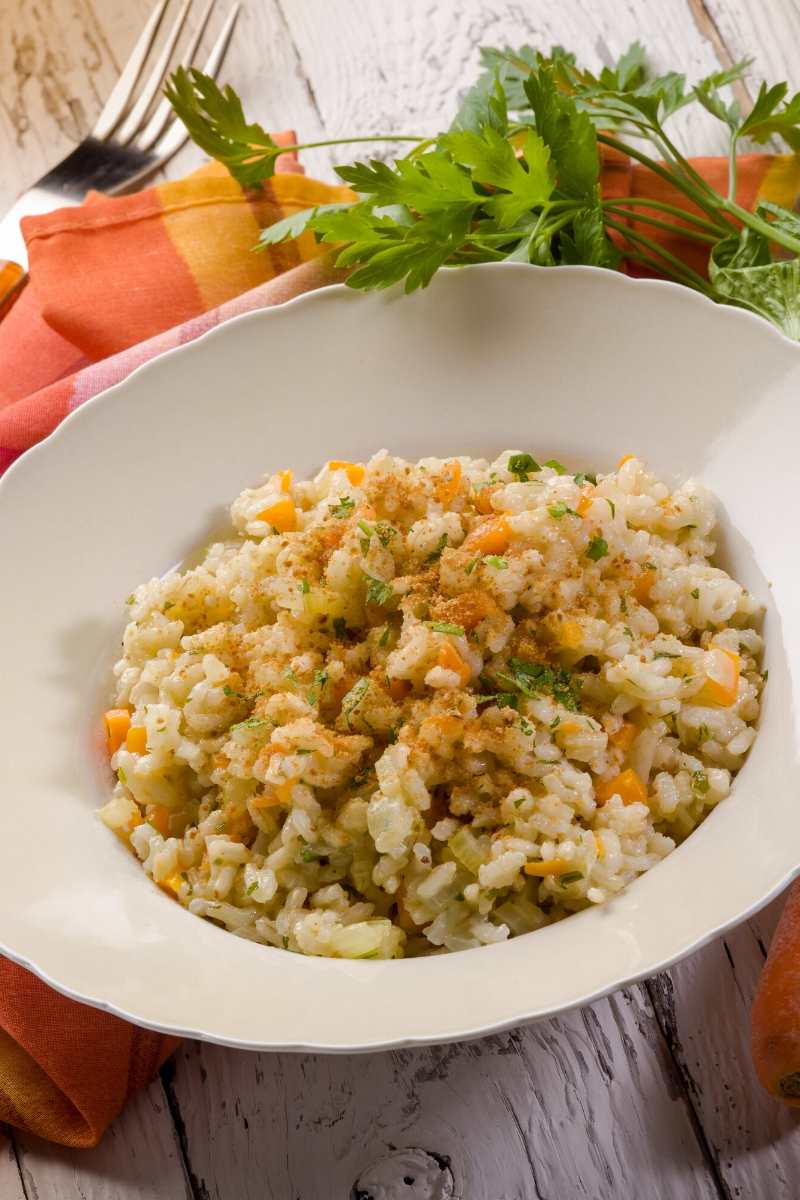
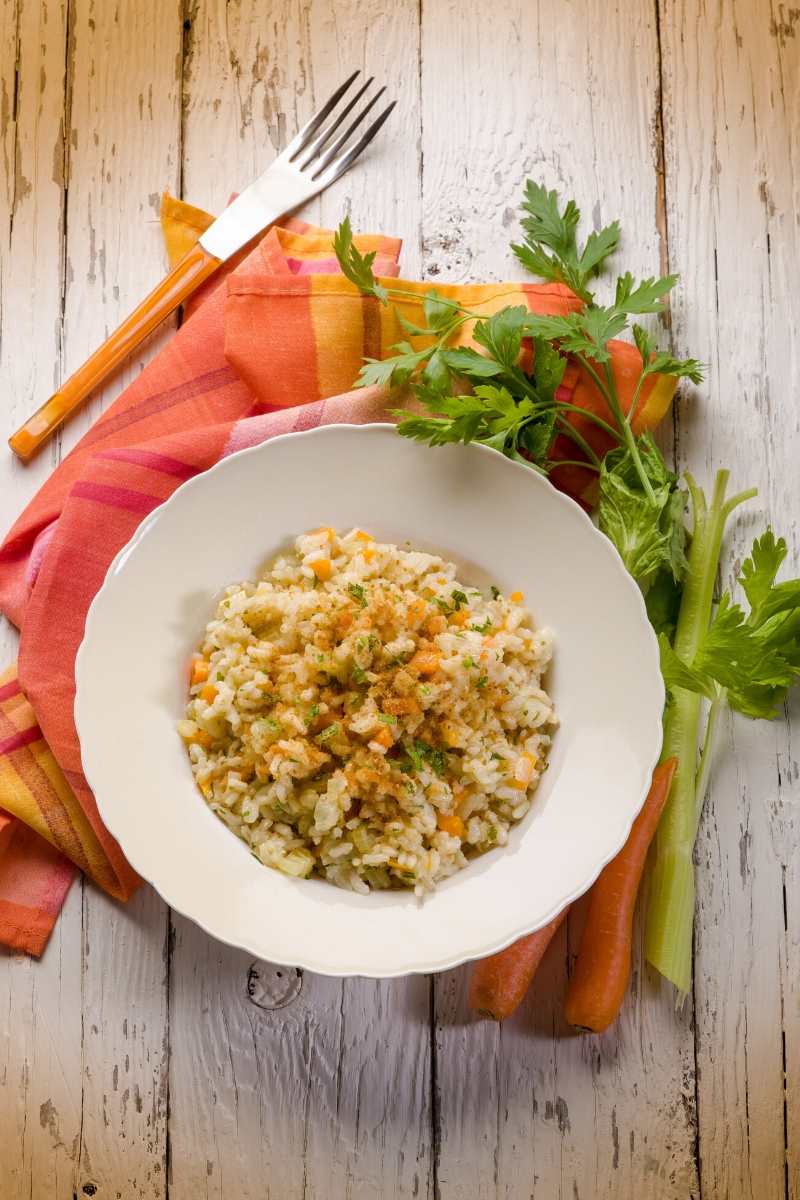
Risotto with Battarga(tuna eggs)
3. LASAGNA
Lasagna is a wide, flatten Noddle pasta, it must be baked in the oven. A good lasagna meal must be combined with Ragu i.e meat sauce. The origin of the food is a subject of debate just like most Italian dishes, but it is widely eaten in the region of Emilia-Romagna, where it use to be a poor man’s food now transformed to a rich man’s meal.
To enjoy a meal of lasagna, all you need is a little bit of tomato or tomato sauce, mostly only ragù, béchamel sauce, and cheese, usually mozzarella or Parmigiano Reggiano or a combination of the two will make anyone ask for more Lasagna.
Though Lasagna is prepared and eaten in most part of Italy, but you will agree with me that there is nothing like trying the dish in original form at Emilia Romagna, where it is made with homemade noodles and fresh ragu.
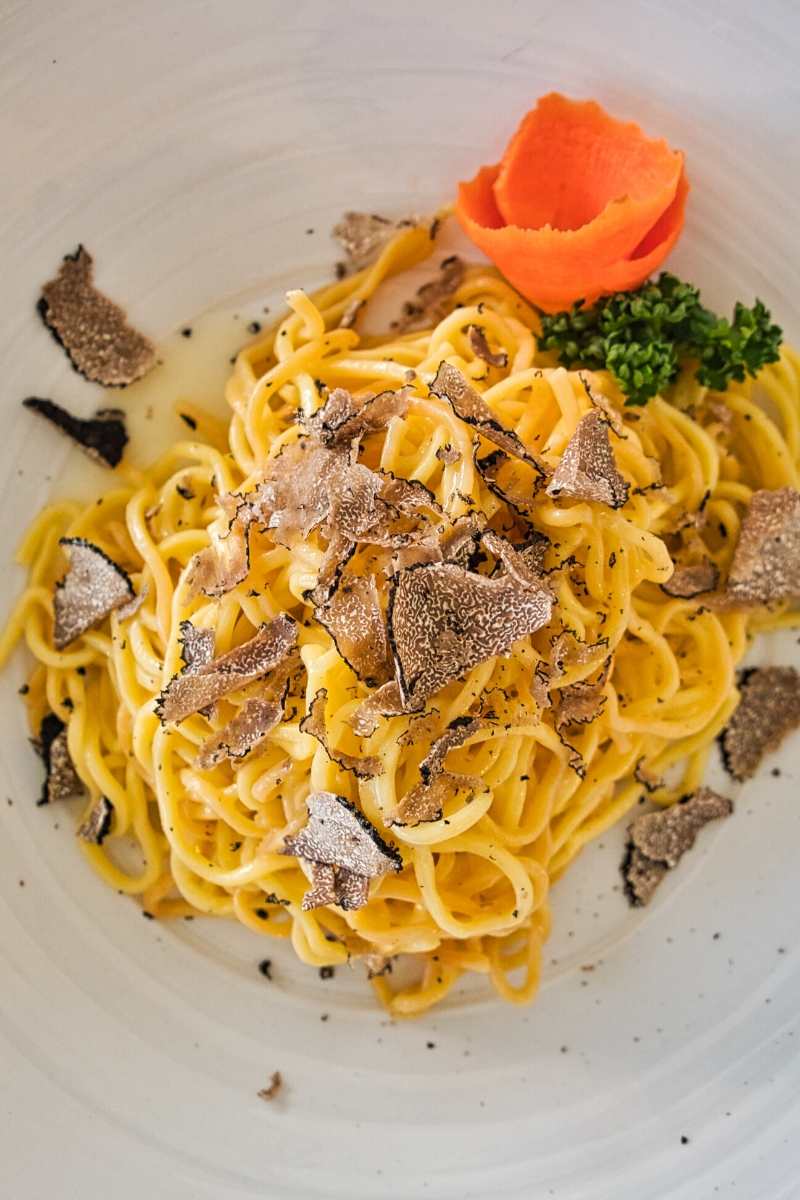
Pasta with Truffles
4. TRUFFLES
This is no doubt one of the most sought after food in the world, little wonder why it is so expensive. It is a pungent and rare fungus which grows mostly in the wild but found in abundance in Italy.
It is classified as a tuber, because it grows under the ground and found mostly through the aid of dogs or pigs well trained to detect the truffle buried in the ground in the forest and mountainous regions of Umbria and Piedmont.
Truffles in Italy come in two forms, the rare and more aromatic white truffle, or the slightly less aromatic and slightly more common black truffle. Still, their popularity is unparalleled for those that can afford it and Italian truffles are one of our all-time favorite fall foods in Italy! The precious white truffle is also known as the tuber Pico magnum is the most expensive one. The price ranges from 1500 – 3000 Euros per kilo, depending on the size and region of origin.
Truffle fairs and truffle hunting tours have attracted over 100, 000 tourists to Italy annually and has generated over 60 million Euros for Italy this year. Truffle hunting season is in full swing in Italy, and popular fairs and festival have focused on the Tartufo Bianco or the white truffle. You can join one of this truffle festival in Tuscany, Piedmont, Molise, Umbria and Emilia-Romagna. In these Italian cities, it is certain you will find fresh truffles in local dishes.
If you make it into truffle country during the fall head to a Sagra festival such as the famous International White Truffle Festival of Alba in Piedmont held every October and November. If you are trying truffles for the first time we suggest starting off with fresh pasta covered in thin truffle shavings, but there are plenty of other options to choose from! Truffles are commonly sprinkled over pasta, risotto, and omelets, or used in sauces for steaks or other meat dishes.
5. FLORENTINA STEAK
There is a common saying that it is a taboo to be in Tuscany and not eat the Florentina T-Bone Steak. It is one of the flagship delicacies of Tuscany. Also known as “bistecca fiorentina”, or Florentine T-bone steak, is made from a specific cut out cow-meat, prepared in a unique was all within a specific region.
The fact that most of the cows where the meat came from are breed and rised in Tuscany, further make the meal more restrictive to the region. The cut-out meat is cooked for about 6 minutes depending on the thickness until it is fully cooked and ready to eat!
Most locals in Florentina prefer their t-bone meat to come from the higher body part of the cow, nearer to the rib cage which contains a meaty fillet know is Tuscany as “Bistecca nella costola”. In Other town in tuscany aside from Florentina, the lower cut of the cow is preferred due to his smooth and softness the fillet here is also known as “bistecca nel filetto”.
Do not let my decription put you on the edge, which ever cut you go for, this meal must not be missed by anyone visiting Tuscany.
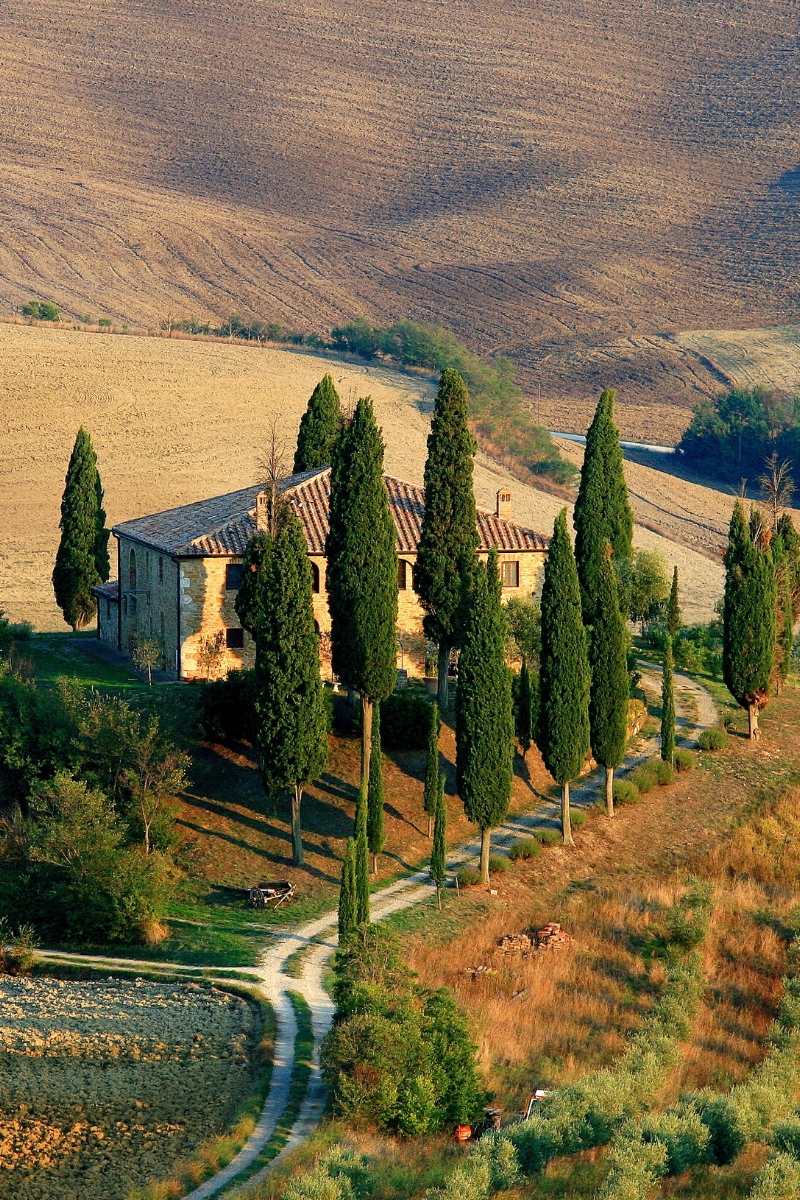
6. RIBOLLITA
Still in Tuscany? Make sure you don’t leave without having a taste of the popular Ribollita soup. Made from roots, it is one of the common peasant cooking of the region, it is a vegetable soup thickened with bread instead of meat, depicting the peasant nature of the meal.
In Tuscany, the dish is seen as a special delicacy most sweet able in autumn when the vegetables are in their prime, further boosting the aroma of the soup, despite the absence of meat or meat sauce.
7. POLENTA
This Is a Corn extract, very much identical to the grits eaten in the southern part of the USA (the difference is in the fineness and coarseness of the grounded corn). Prior to the consumption of pasta in Italy, Polenta was the major staple starchy meal eating in most home in Italy.
Although it does not come in various shapes and and texture like the pasta, polenta will easily go with a wide range of meats, especially stewed meats. It is commonly eating in major Italian cities like turin, Milan and Venice.
8. OSSOBUCO
Ossobucco alla milanese is one of the favourite and notable Milan dishes. It is made from veal shanks which are cut cross wise to reveal the marrow. The dish is finished with a sprinkle of gremolata i.e a mix of chopped parsley, lemon zest and garlic use to garnish the meat.
It is generally believe that the origin of this Italian cuisine is in Lombardy, Milan. This explains why it is commonly referred to as a Lombardy dish. Ossobuco is no doubt one of the most sought after dish in the city of Milan and many parts of italy. There is absolutely no reason to visit Milan without eating this delicious and classic meal.
Despite the popularity of Ossobuco, also known as the “Hollow Bone”, don’t be surprise if you don’t see it on the menu of most Italian restaurant. This is due to the long hours of cooking time it takes. So you don’t want to miss any chance you come across the mea in a restaurant or a home, as the opportunity may not present itself again.
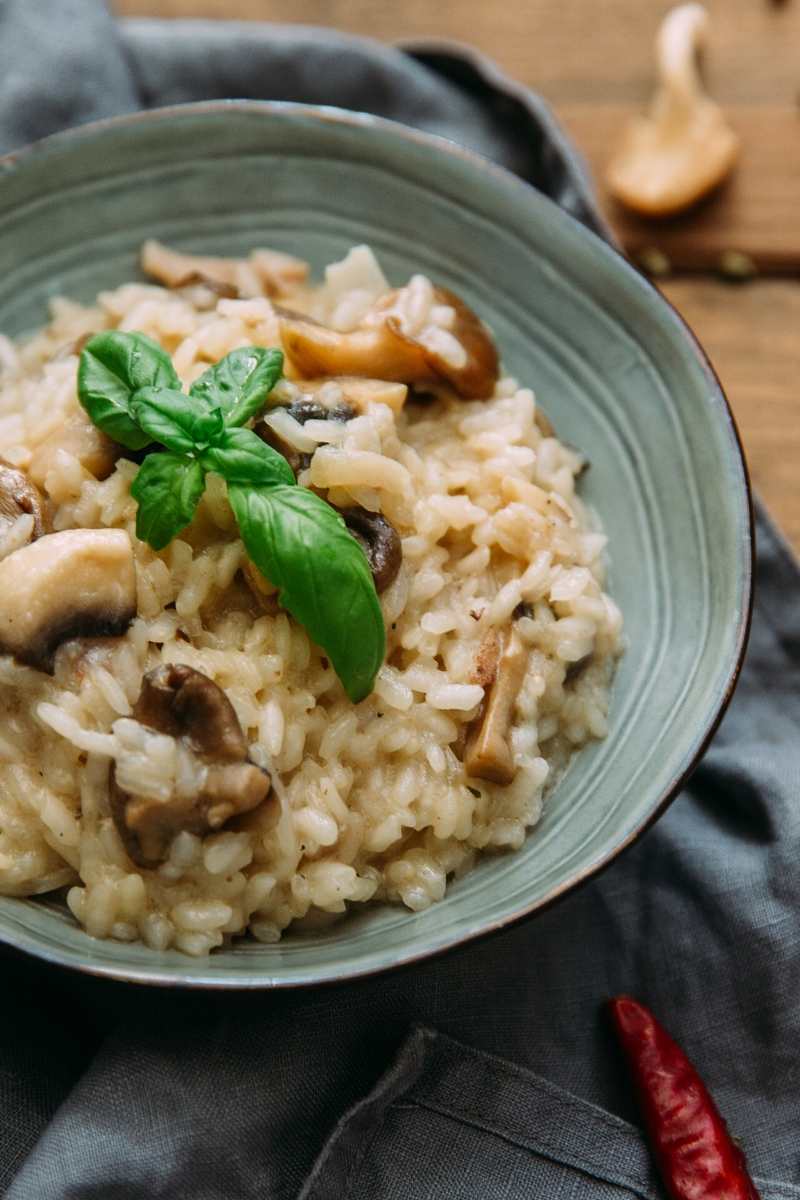
Mushroom risotto
9. RISOTTO
Here is a famous starchy meals in Italy, in terms of popularity, it comes after the Italian pasta and polenta. These three starchy Italian meals form the three main starch consume in Italy.
Risotto is the Italian version of rice and it requires a lot of stock and lot of stirring to give you that creamy, luxury dish. Though Italy is the largest rice produsing country in Europe, the average Italian are not great rice eater due largely to the abundance of various delicious meal in the country. The city of Lombardy, Piedmont and other northern part of Italy are widely regarded as the Rice bowl of the country.
The risotto alla milanese is probably the most famous type of risotto eaten in Italy, especially when it is infused with saffron. Legend has it that the men that worked on the building of the Milan Cathedral invented the saffron-infused risotto. Other classic versions of the dish include risotto al Nero Di Sepia (with cuttlefish and ink) and risi e bisi (with pancetta and peas), both of which originated from Venice.
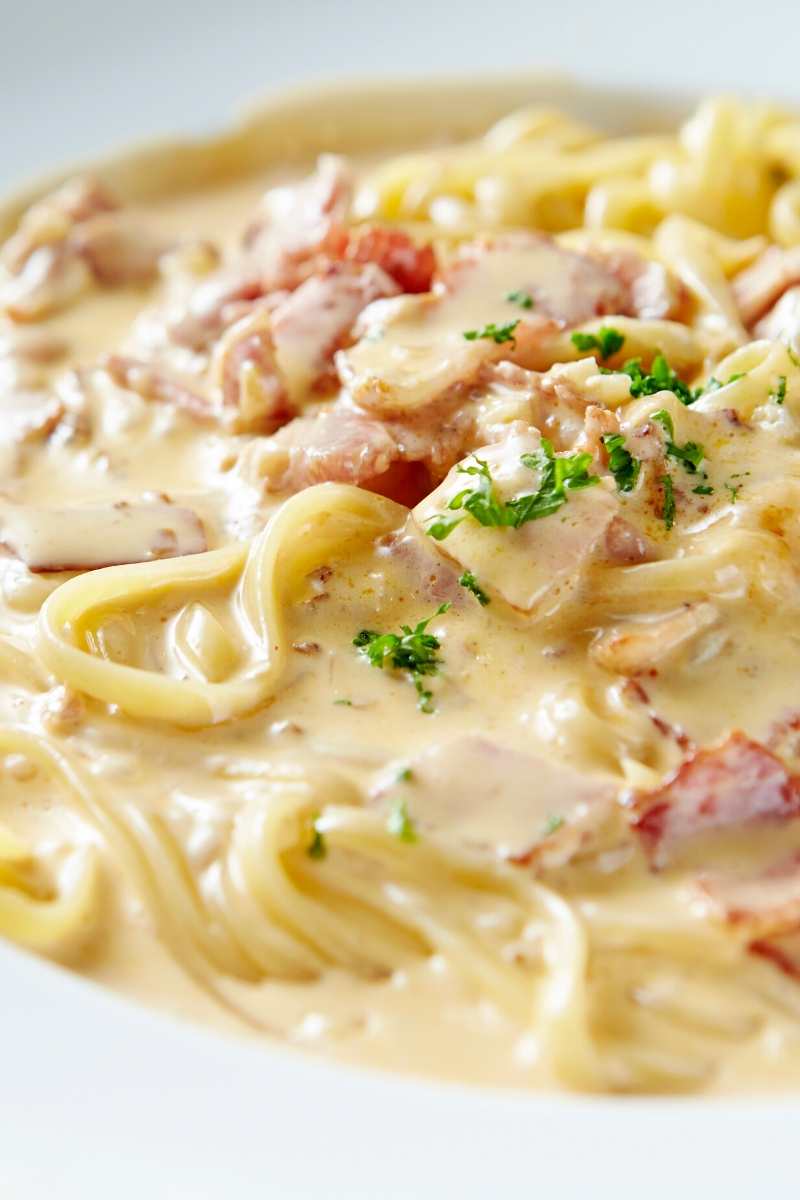
Pasta with carbonara sauce
10. CARBONARA
Another spectacular Italian dish every food tourist should try out. It is simple to make, as it made up of spaghetti, eggs, pecorino cheese, cured guanciale and garnished with black pepper.
This is one Italian pasta dish that should be on top of every food-tourist’s bucket list. This meal is mostly prepared by well trained Italian chefs and it leaves a life-changing experience on your taste-buds. There are many imitations of this meal so be on the lookout if you really want to have that carbonara experience.
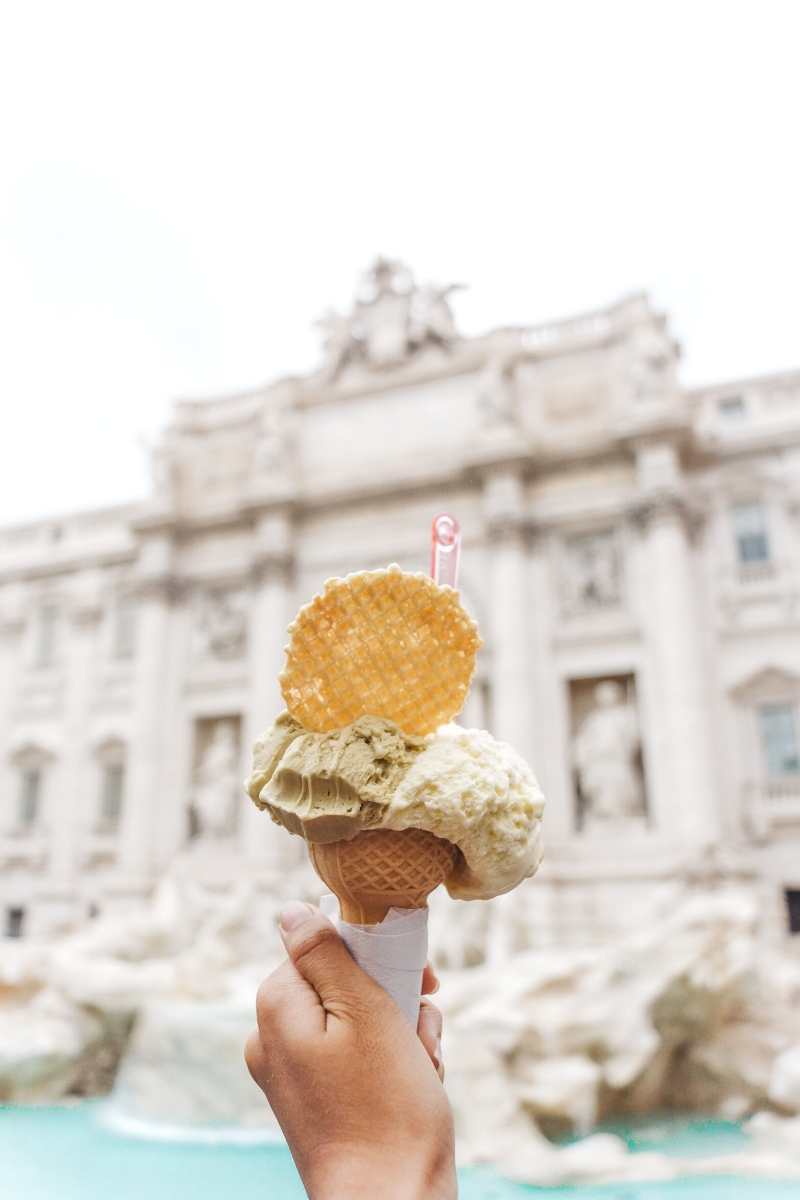

11. GELATO
This is one of the most famous Italian dessert made with a base of milk, sugar and flavouring like fresh fruit and nut puree. It is generally lower in fat than other form of conventional ice cream. Gelato is the Italian version or word for ice cream.
I can say boldly that your trip to Italy is seriously incomplete without a gelato. A taste of this dessert will make you go back for more until you discover that you are fast becoming addicted to the gelato. Due to its low-fat content, gelato is served a bit warmer and tends to melt in your mouth faster, it also intensifies the flavor and gives it a more velvety texture.
12. PAPPA AL POMODORO
In the Tuscan region, locals eat something called Pappa al Pomodoro. It is said to be a tomato and bread soup. It is thicker than soup and is so tasty. In essence, it was a ‘poor man’s’ meal, as it uses crusty bread that is a day or 2 days old mixed with basil, tomatoes and whatever spices they add. Quite delicious!
13. FOCACCIA AND OTHER ITALIAN BREAD
There are numerous varieties of bread in Italy, the most enjoyable ones are the one freshly baked locally in the morning. But you shouldn’t leave without trying at least a few of the various types that Italy’s robust baking culture has developed over the years.
For example, you might notice that bread in Tuscany has a different taste than it does elsewhere. That’s because it’s made without salt. This is a tradition that originated in feuds between Tuscany and the coastal regions that controlled the salt trade and had no problem cutting off the agricultural region from its supply of the once-valuable commodity. To this day Tuscan bread is best eaten with a drizzle of olive oil and herbs or salt.
Liguria is the home of the world famous flat bread called focaccia, like a pizza dough, a locally made focaccia is hyper-salty, bath with olive oil and very much irresistible, it is sometimes made into a sandwich and served with lovely toppings like rosemary, zucchini, cheese and olives. Moving of the coast of Italy, in Sardinia, the classic bread doesn’t look much like bread at all, instead appearing much more like a pita. Pane carasau, was named for the word carasare, which means to toast.

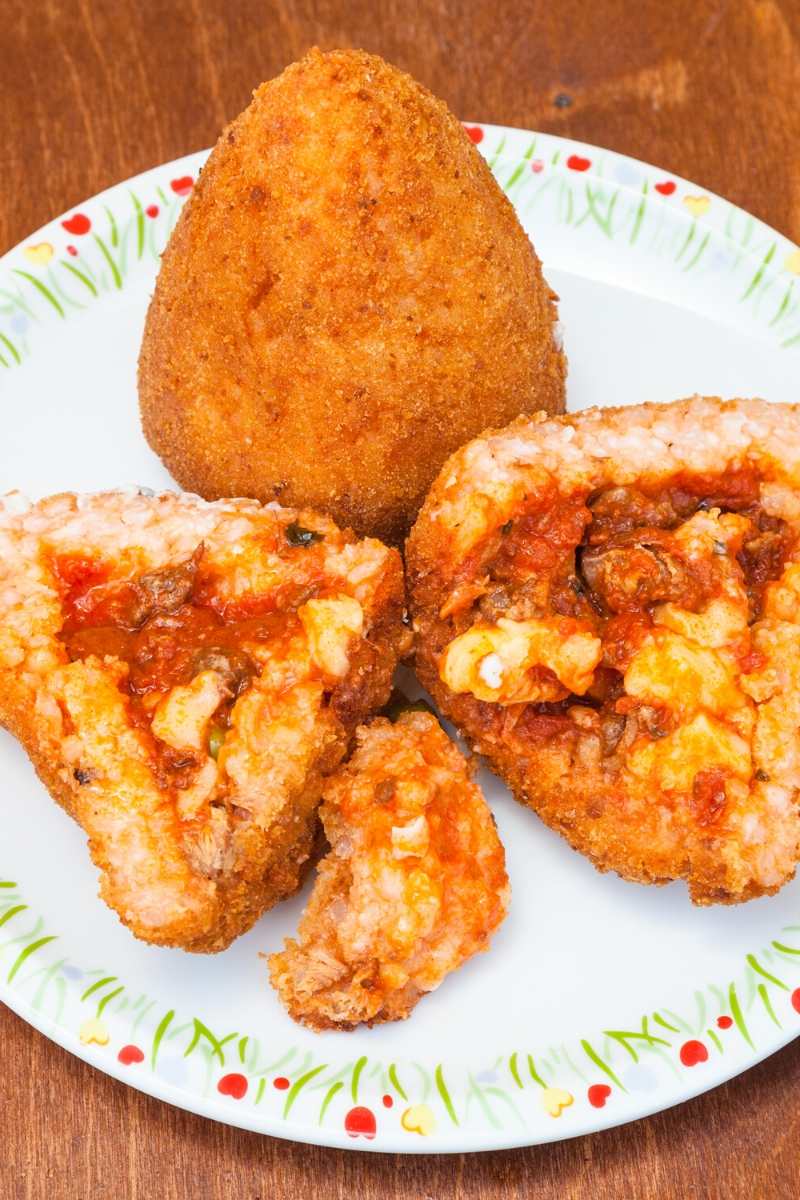
Arancini balls
14. ARANCINI AND SUPPLÌ
Arancino is another staple food common to the city of Sicily, whie the Suppli is a roman meal sharing some similarity with the Sicilian Aracini . which ever one you decide to go for, just make sure you have a taste of these freshlt baked rice balls..
This rice ball are always on the menu in most bars and restaurant in Italy. So if you intend to have one, here is how to differentiate them. The Sicilian arancino is often larger, and circular in shape. It in fact derive its name from “small orange.” It is mostly filled with ragu (meat sause) and some sort of cheese, veggies like peas, mushrooms, or eggplant are sometimes added.


15. COFFEE
There is more to an Italian coffee than what meets the eye elsewhere. An Italian coffee is as much a work of art as it is a beverage.
Just remember, Italian coffee isn’t like coffee in your local starbucks. Though the names of the variaties might sound familiar, but it means something else in Italy. For instance, if you were to order a ‘latte,’ in Italy you are likely to be served a glass of milk.
You can order your regular “caffè” to a cappuccino, a caffè macchiato to a caffè latte, coffee is found everywhere in Italy but there is a considerable amount of regional difference. In Trieste, for instance, you can order a caffe triestino to get an espresso with whipped cream on top, whereas in Naples coffee is served strong, creamy and fast.
In all of Italy, the city of Trieste has by far the finest coffee culture, making coffee drinking a task all visitors must perform. Little wonder why the famous Italian coffee company “Illy” located its headquarters in Trieste.
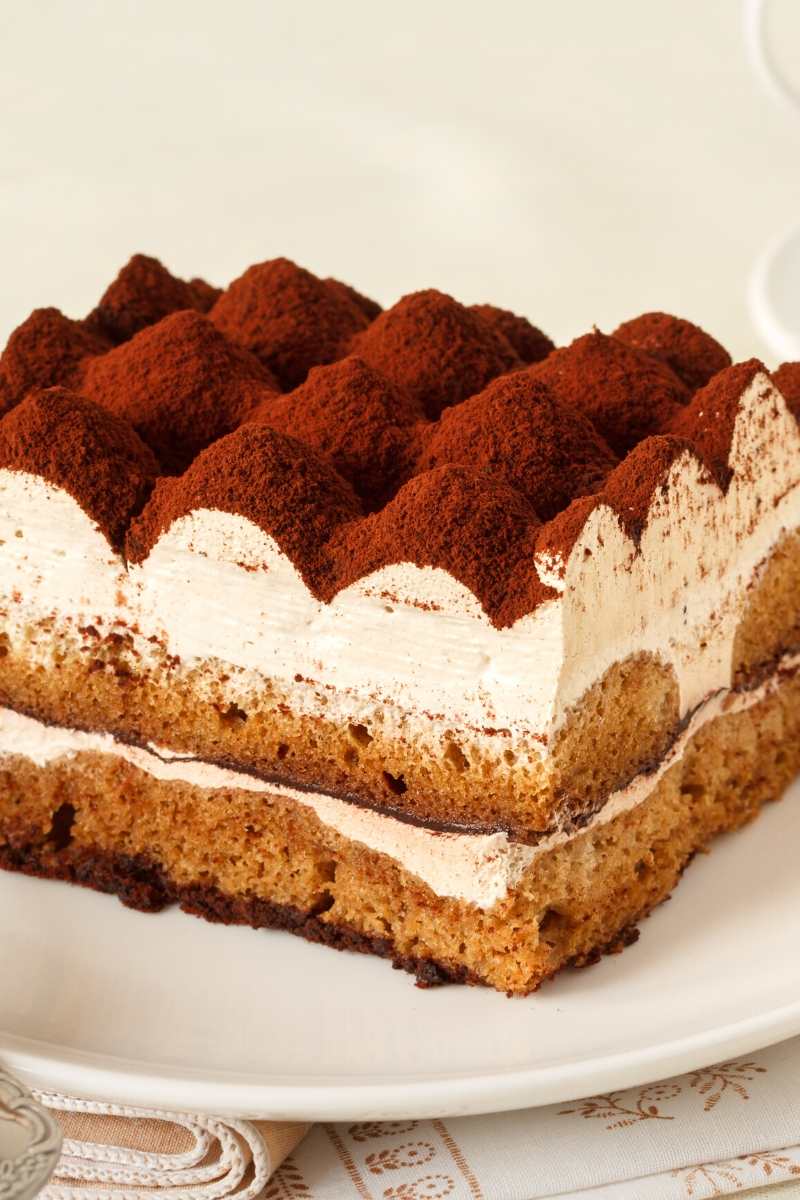

16. TIRAMISU
When you are ready to get out of the Gelato cream addiction, Tiramisu is another Italian dessert to get adjusted to. It is probably the country’s most beloved after-dinner dessert.
This Italian dessert has layers of soft, sweetened mascarpone cheese and coffee-soaked ladyfingers. A good Tiramisu features only the highest quality coffee and mascarpone. Cream and egg whites are sometimes added to the mascarpone to give it a lighter texture, and a variety of cookies and cakes can be substituted for the traditional lady fingers.
17. DIGESTIVO
The term “digestivo or digestive” does not refer to one drink alone, but a class of drinks that are enjoyed after a big meal with the aim of settling the stomach and helping you feel not-quite-so-full.
Regardless of your view on alcohol intake, the fact remains that you cannot say you have enjoyed a real Italian meal unless you top it off with a shot of the hard stuff. Popular digestive include but not limited to Limoncello, grappa, amaro, cynar, amaretto, and the dire devil of them all is the Sambuca which has enough alcohol to make a camel drunk. Try to get a sip while you are in the Italy.
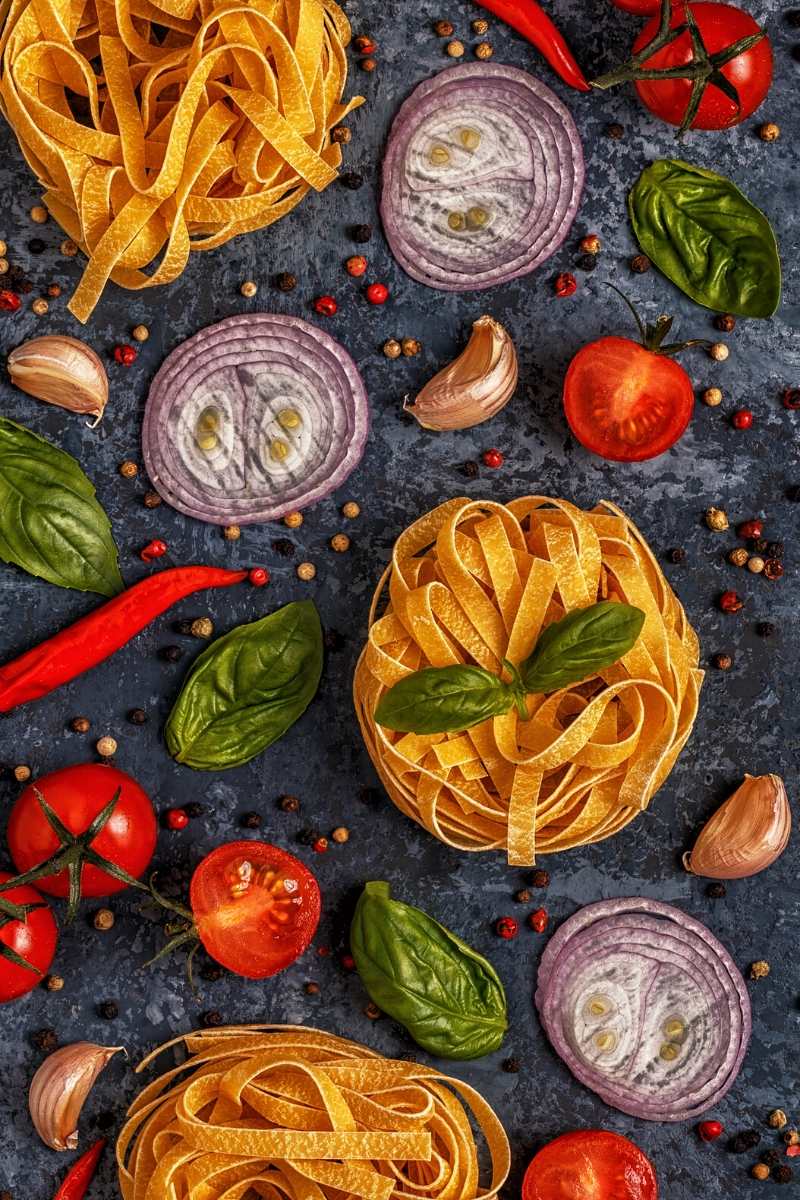
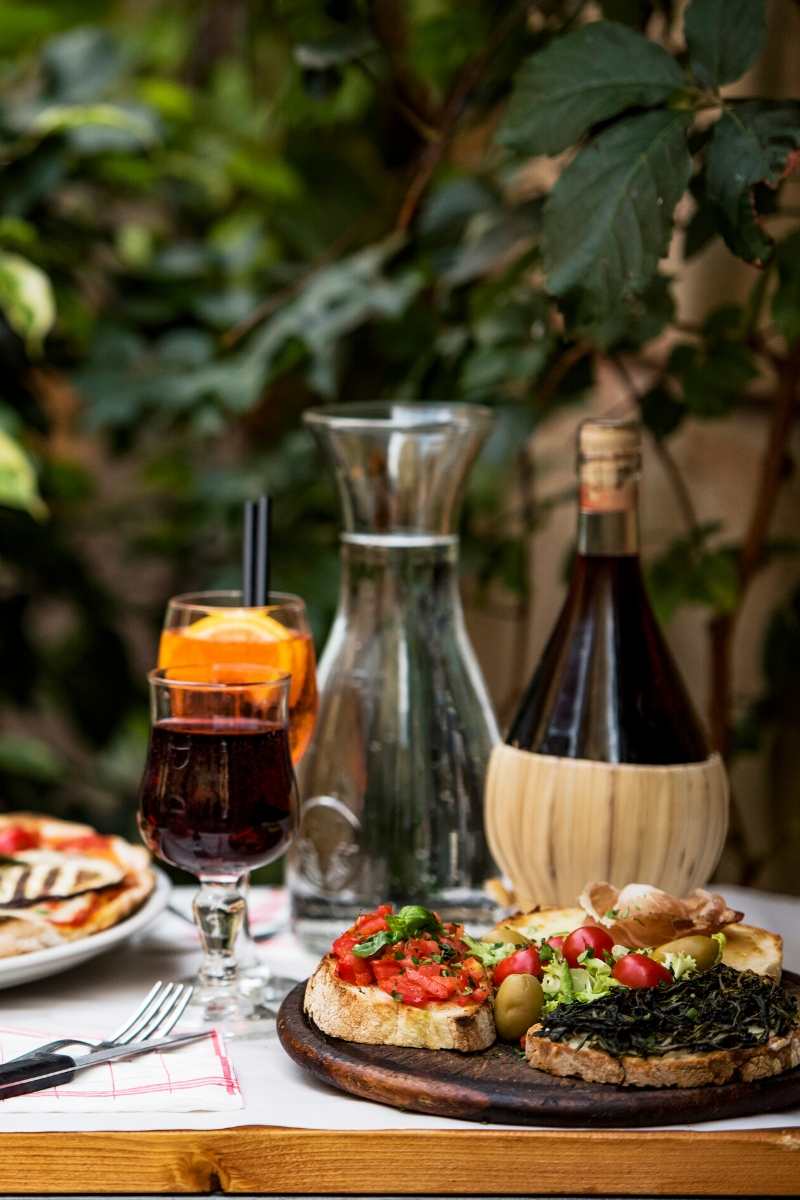
FOOD TOURS/ADVENTURE IN ITALY
ITALIAN FOOD (WINE)TOURS PRICE DURATION
There are plenty of food and wine tours in Italy from north to south, Florence, Naples, Sicily and many more cities and islands offering tours and cooking classes. Some only last a day and some are multi-days with accommodation included. Those that include accommodation expect to pay prices along the following lines.
- Italy uncorked (wine & cooking) – $3000 – $3600 7 days
- Taste of Italy – $2500 – $2800 5 days
- Matera private tour – $1500 -$1700 5 days
- Cookery getaway in Umbria – $1000 – $1300 5 days
- Sicily food adventure – $2000 5 days
- Olive harvest experience (olive picking in italy) $1400 – $1600 4 days
- Gourmet rome, Sorrento and Capri $1600 – $2000 8 days
- Emilia Romagna and marche food & wine tour $3500 – $4000 8 days
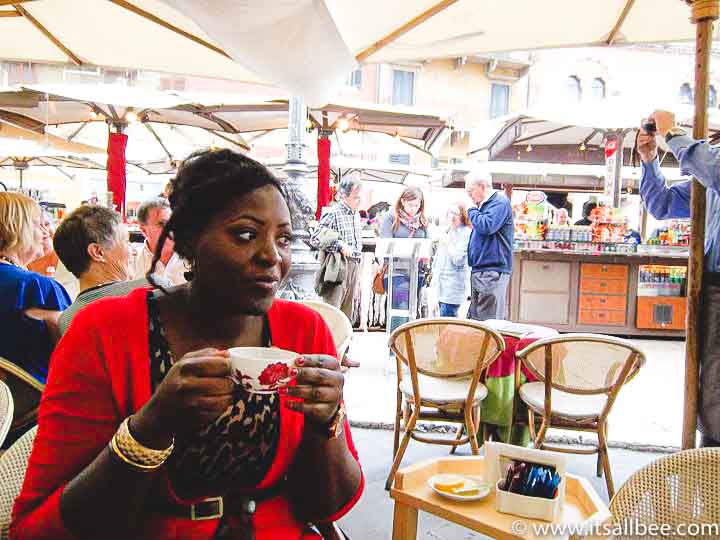
There you have it, a guide to the best regions and cities in Italy with the best food. Have you tasted all of the Italian food mentioned above? Was it in any of the amazing cities that gave birth to them?
Heading To Italy? Also Read
- The Best Towns In Lake Garda
- How To Get To Venice From Verona
- Rome In Four Days
- The Best Hotels In Rome
- Travel Tips For Visiting Vatican City
- Top Tips On Getting To Cinque Terre From Milan
- Best Italy Hashtags
Pin For Later
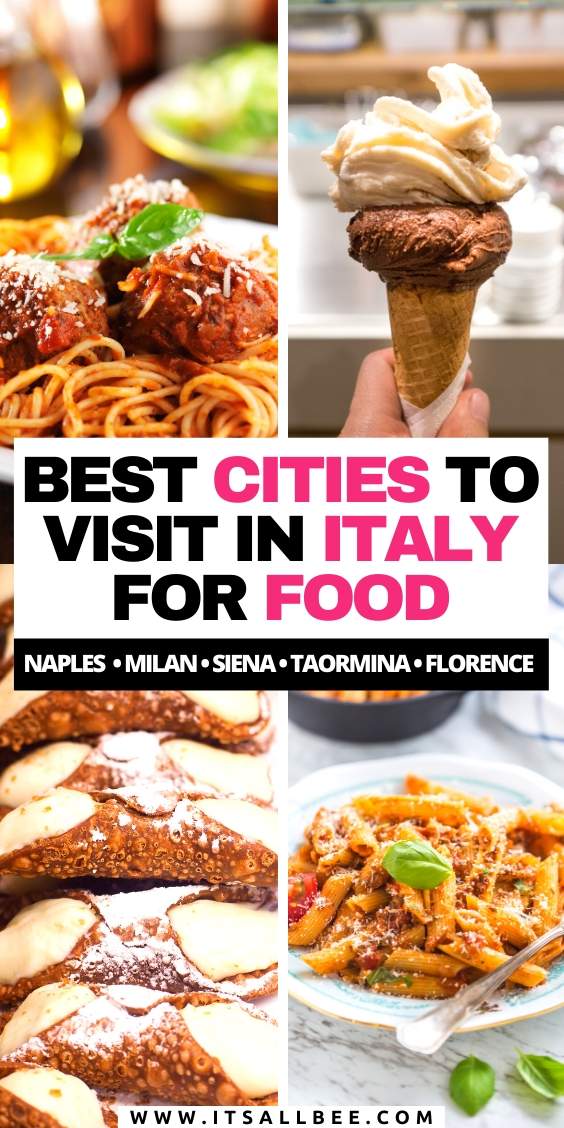
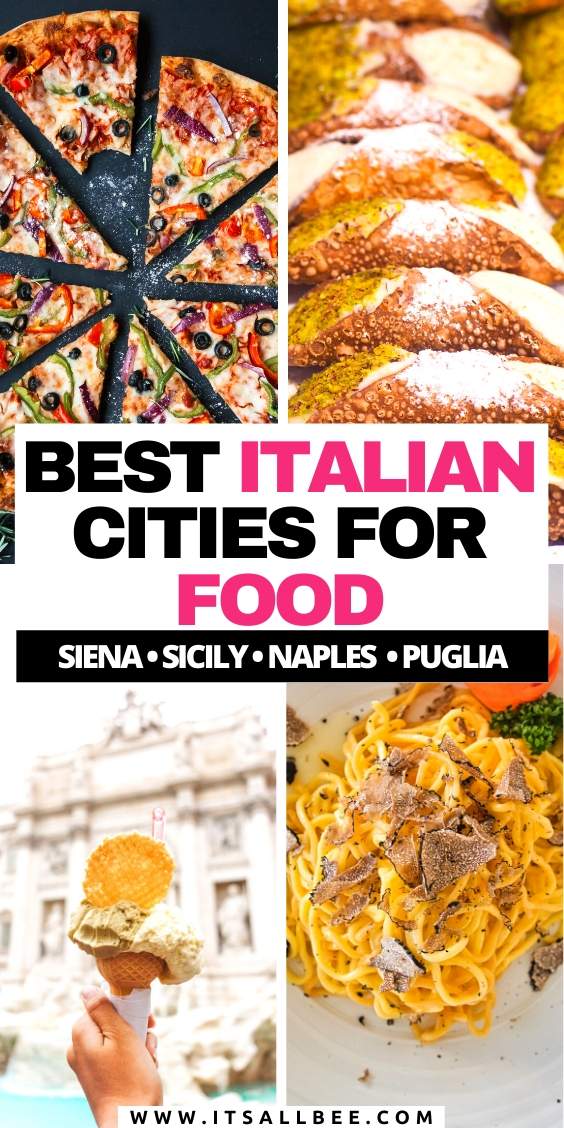
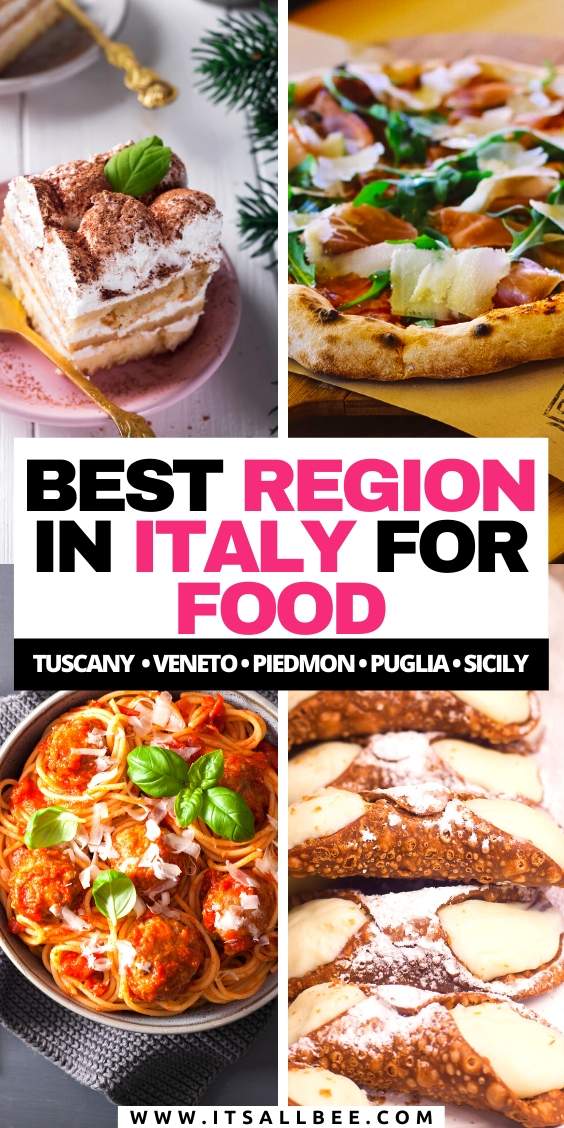
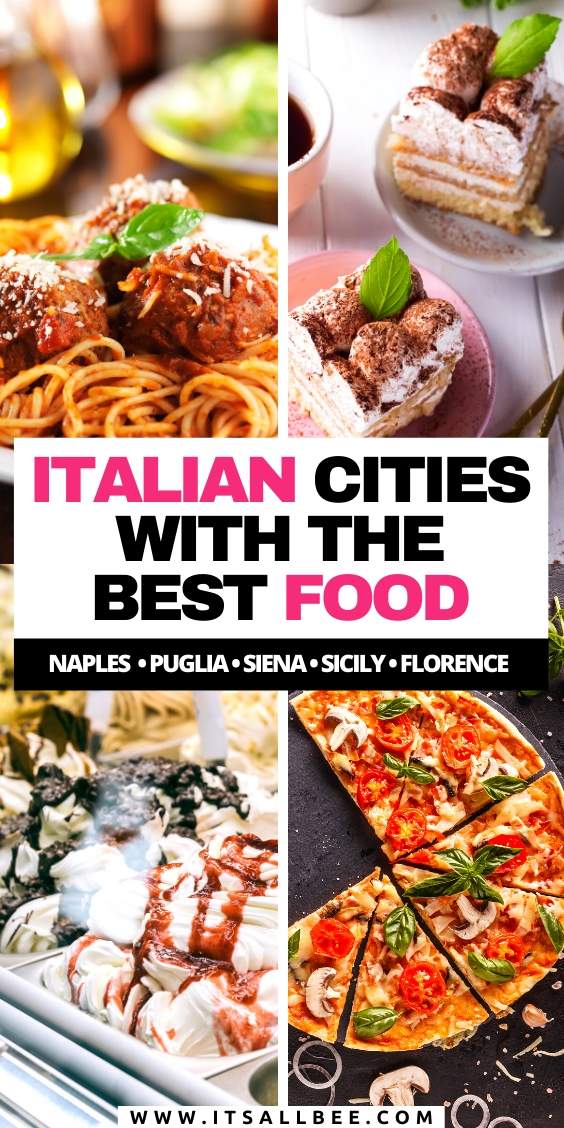

This is an amazing article. You have me so hungry for all of these amazing foods. I really loved the cannoli in Sicily and everything truffle in the north. Also, pesto was amazing in Cinque Terre. I’m definitely keeping this blog post handy for when I return back to Italy.
Not a good idea to read this on an interesting stomach! Loved the historic and cultural information behind each dish and find it so interesting. Thanks for sharing this.